Roman ruins, tasty cuisine, beaches, great nightlife, world class ski resorts and welcoming locals – Lebanon does pack a lot for its relative small size.
Lebanon was a trip my friend and I had booked for Summer 2020, so the excitement for our September 2022 visit was something we had been looking forward to for a long while.
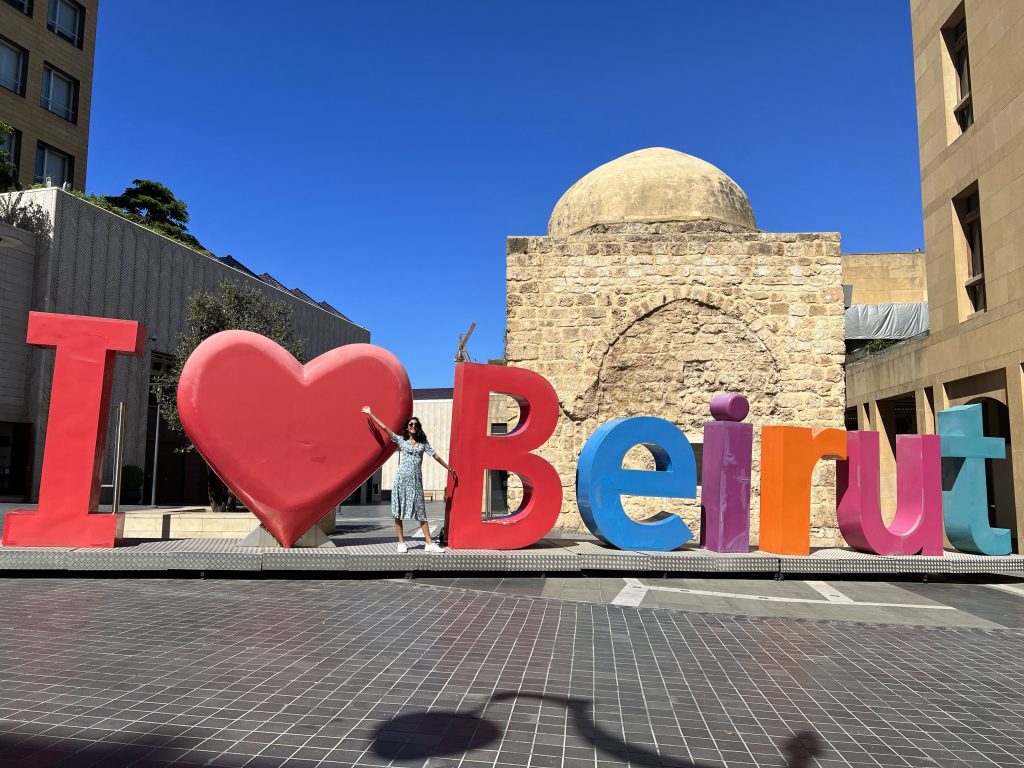
Before we jump into what to do in Beirut / Lebanon, lets briefly discuss the political, historic and economic situation (by no means am I an expert on this – hence it is so crucial to visit the country and see / hear for yourself what has gone on and currently going on). However what really struck me was how resilient the locals are – they have faced civil war, corrupt governments, a global pandemic, hyperinflation, lack of electricity (most residents get 4 hours a day max) and of course the August 2020 port blast. Despite this, many locals continue with ‘normal life,’ despite the government offering little to no support – which goes to show how strong they really are. Similar to the locals I met in Bosnia, they take light of what is happening and wish for a positive future for their countries.
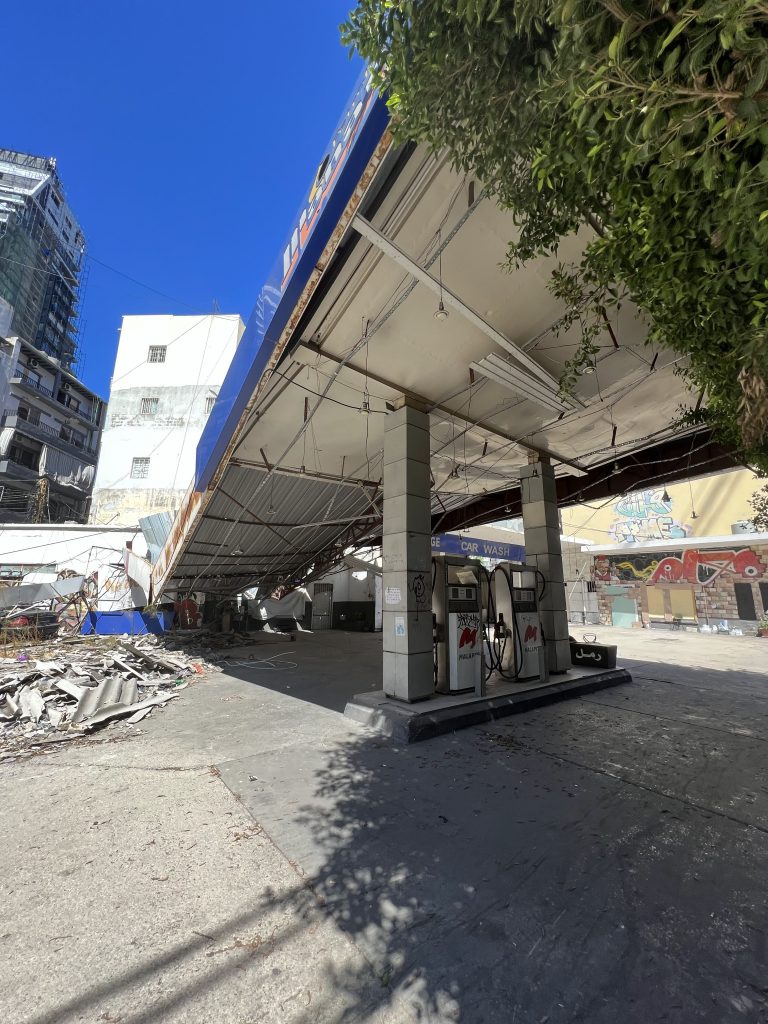
Beirut
Our AirBnb was located in the Mar Mikhael area of Beirut, just of Armenia road, where you will find many packed bars. Alongside Gemayze, these two areas spring to life at night time with a fab collection of bars and restaurants. Chaplins, Central Station, Tom & Multz, Beyt, Fern Ghattas were some of our highlights. You only have to do a quick Google Map search to see that this part of Beirut was right next to the port, and how staggeringly quickly they have been able to build back! The steps and streets of the area also add to the beauty of it.
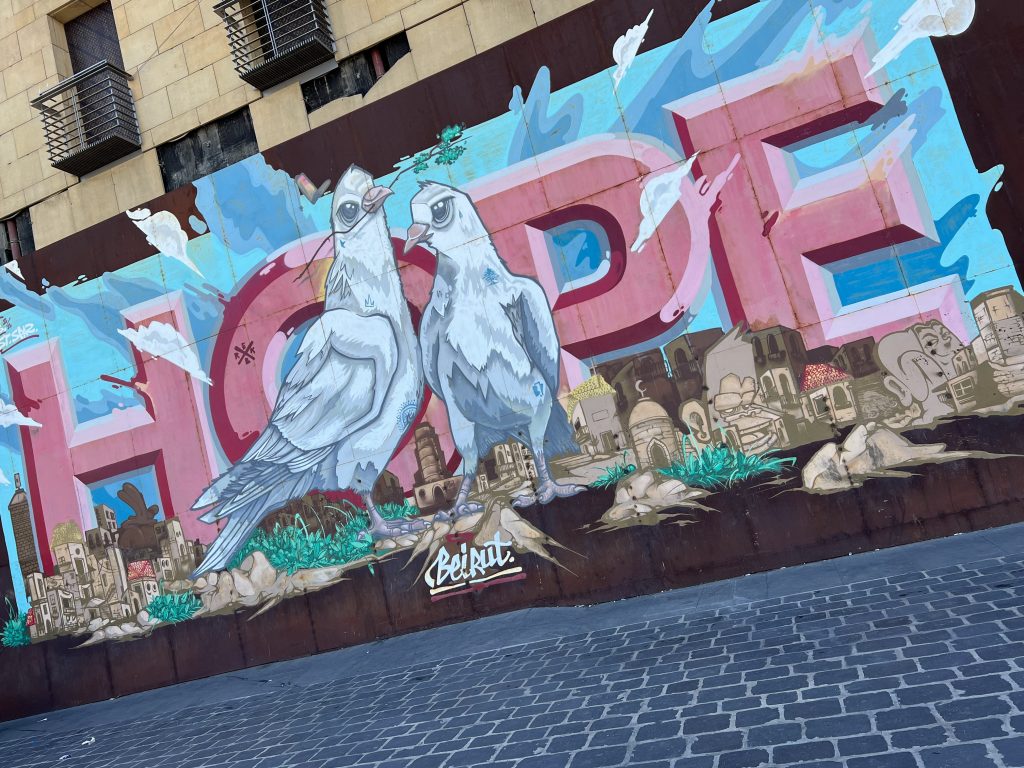
Hamra is also another nice part of town, with lovely shops and beautiful streets.
Zaytuna Bay and the blocks of apartments surrounding it are the upmarket area of the city, with 5 star hotels including Hilton and Four Seasons. It is also the location of one of the marinas we visited. Another was by the Movenpick Hotel, were we spent an afternoon in the Olympic pool. The Holiday Inn hotel is also located nearby, which was only opened for less than a year before the 1975 civil war broke out and was seen as an goal to take over by both fighting sides. The building currently sits as an abandoned shell.
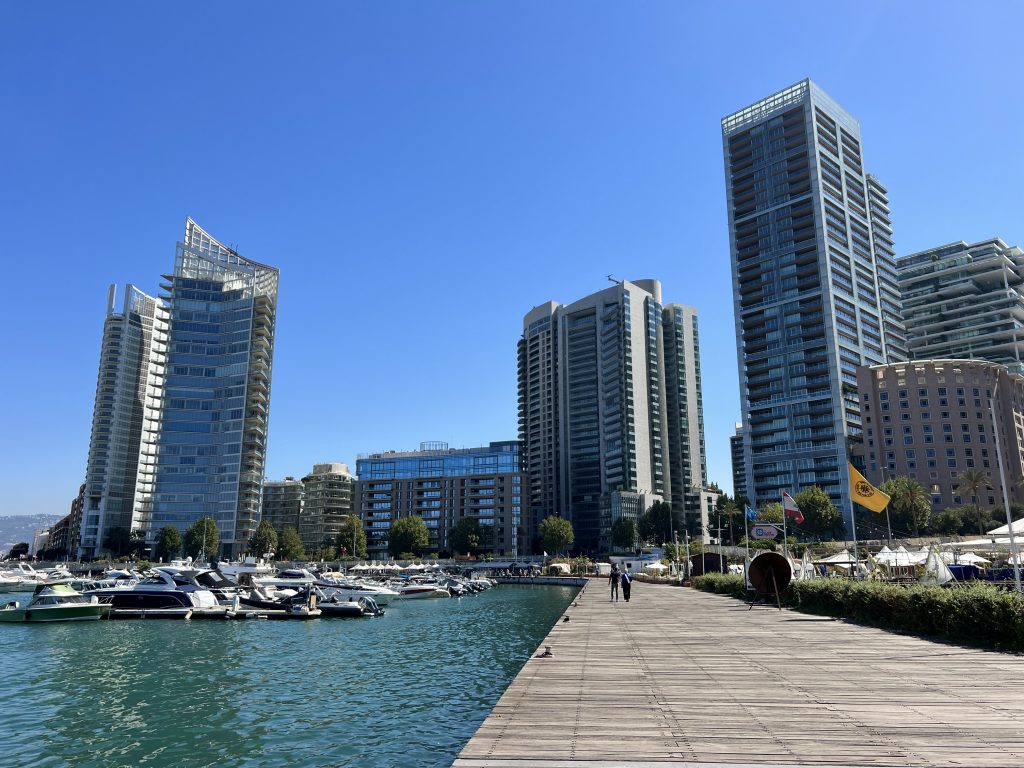
The hills surrounding the city reminded me of Beverly Hills and is where we went 20 mins out of the city for a dinner at Mounir Lebanon – and is where I tried raw lamb mince!
Unfortunately most of the centre of the city has been closed off in order to protect the governmental buildings from any potential protests. However, again the streets here are beautiful and is also where the stunning Mohammad AlAmin Mosque is located, next to Martyrs’ Square.
Anjar, Baalbek & Beqaa Valley
Visiting the Roman ruins in Anjar and Baalbek was something I did not expect to visit in Lebanon. The scale and how well preserved the Temple of Bacchus (god of wine) in Baalbek was super impressive, and the best part for me was having the site all to ourselves. This day trip was done via a tour by Living Lebanon, and I would recommend. The driver was very informative, and there were only 3 of us which made it better and he took use to a little coffee shop in the morning and on the way back, a beautiful spot to see the Beqaa Valley and neighbouring Syria.
We also visited The Stone of the Pregnant Woman, which is apparently the largest manmade stone block that has been discovered.
We had lunch in Lakkis Rest House – where we of course had shawarma and the local dish called sfeeha.
Next stop was wine tasting at Chateau Ksara – Lebanon’s largest winery. They now store the wine in a cave system that was accidently discovered by French missionaries.
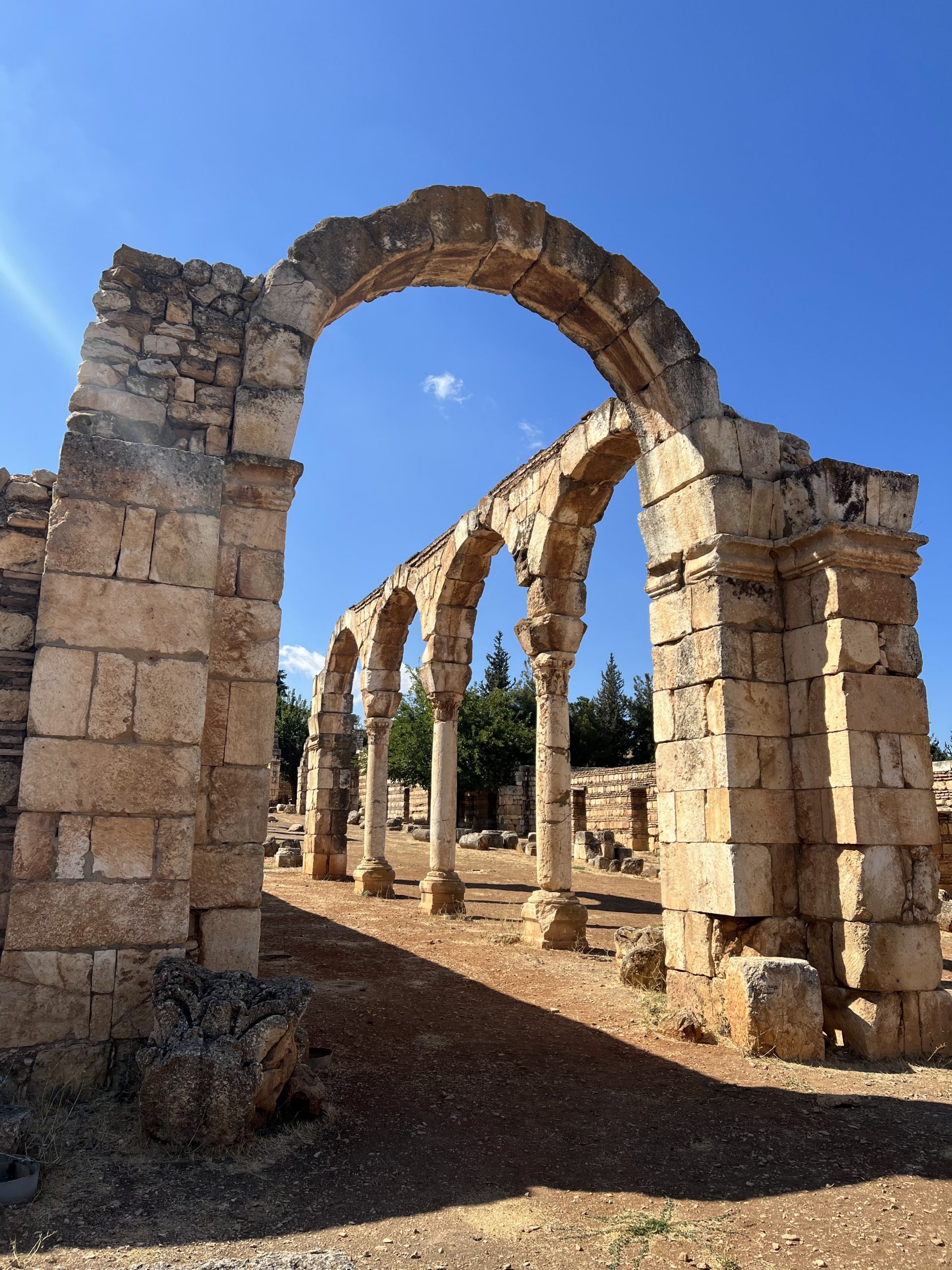
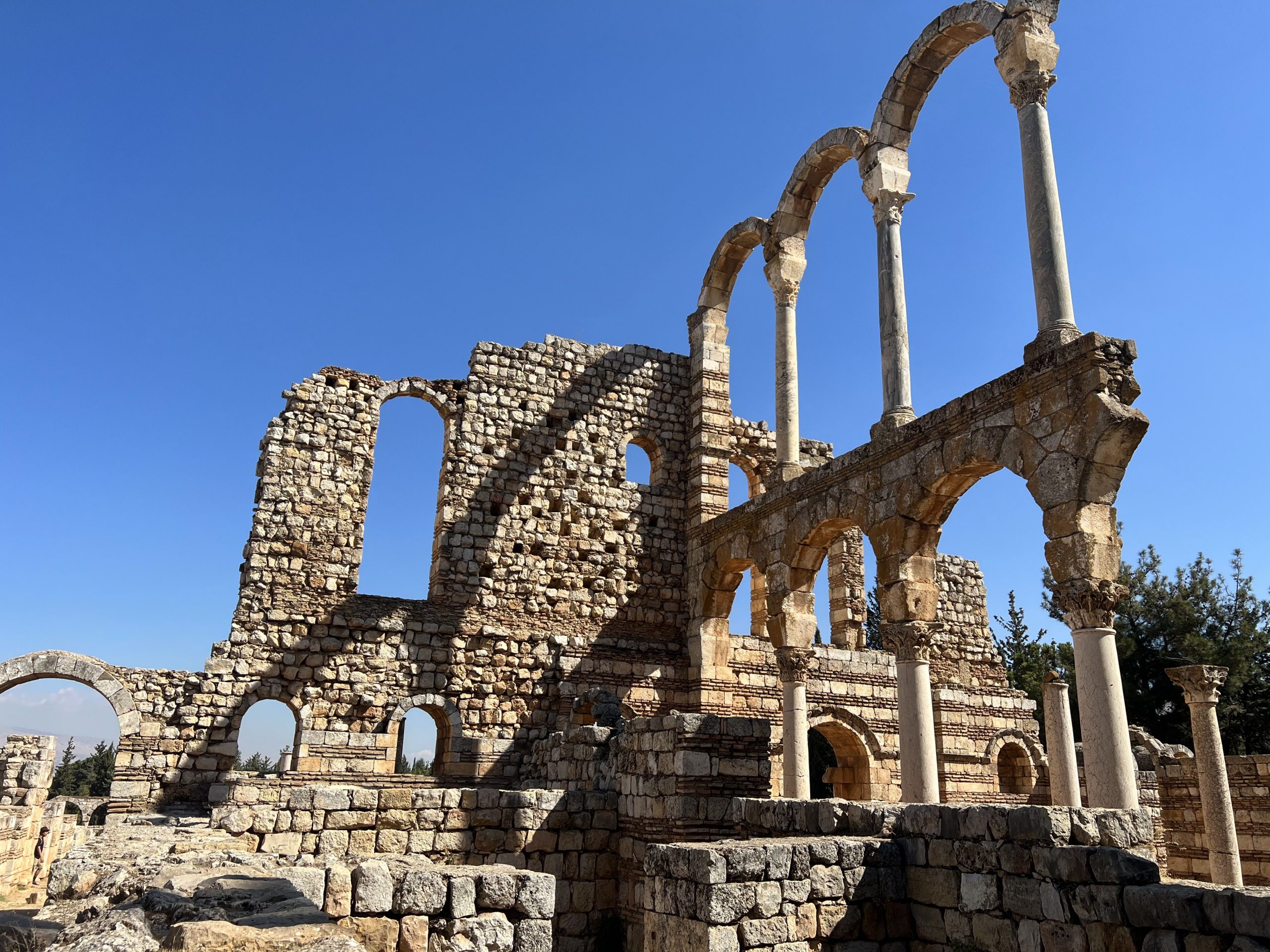
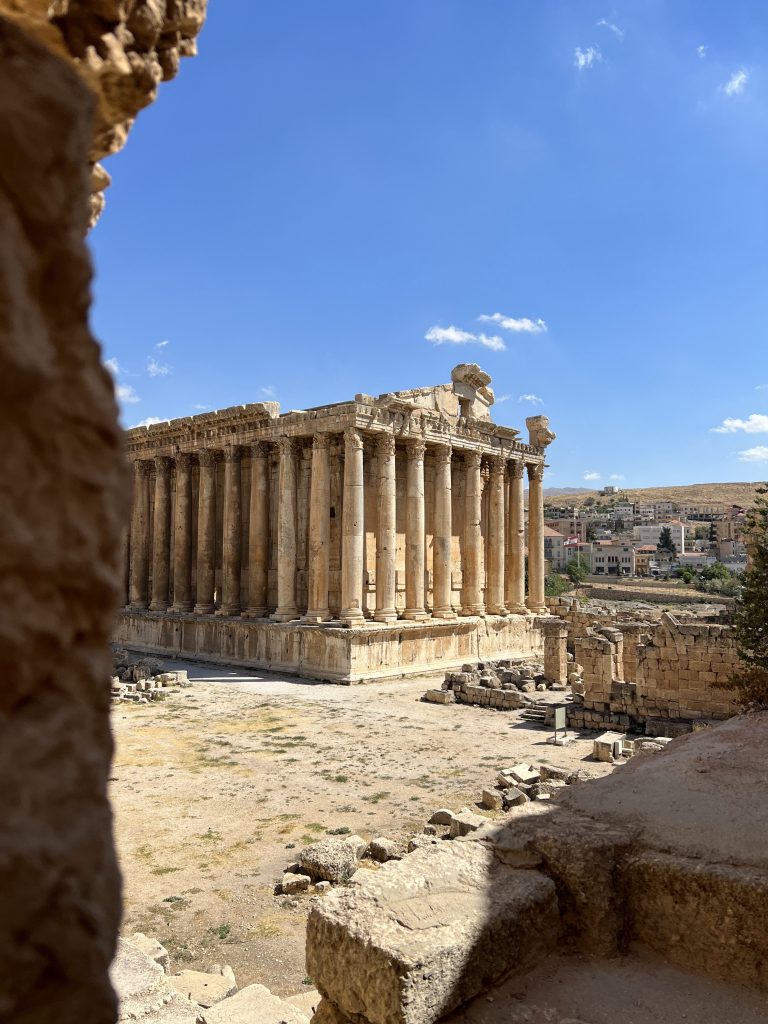
Jounieh, Byblos & Batroun
An easy (but fairly packed) day trip to the north of Beirut along the Mediterranean sea are the towns of Jounieh, Byblos and Batroun. You can travel between them via Uber or one of the many taxis that serve these towns.
Starting in Beirut, we headed north to Jounieh and got the Teleferique du Liban (cable car) up to the town of Harissa. The views on the way up were beautiful and visiting the Our Lady of Lebanon shrine was beautiful in a tranquil and peaceful setting. It is great to escape the hectic, bustling city of Beirut for the peace that is only a circa 20 minute drive away.
Next we found ourselves a taxi (tbh we are still not sure if he was licenced, but we haggled a great price) and made our way to Byblos. This is a beautiful town that lies along the Mediterranean Sea and is one of the oldest continuously inhabited cities in the world. Walking around the old souks, the citadel and small marina are the main attractions here. Whilst most of the bars and restaurants were mostly empty during the day, it gets super busy in the evening, and I would love to spend a night here away from the busier capital. We had lunch at Khan Jbeil, and would defo recommend for sampling Lebanese food.
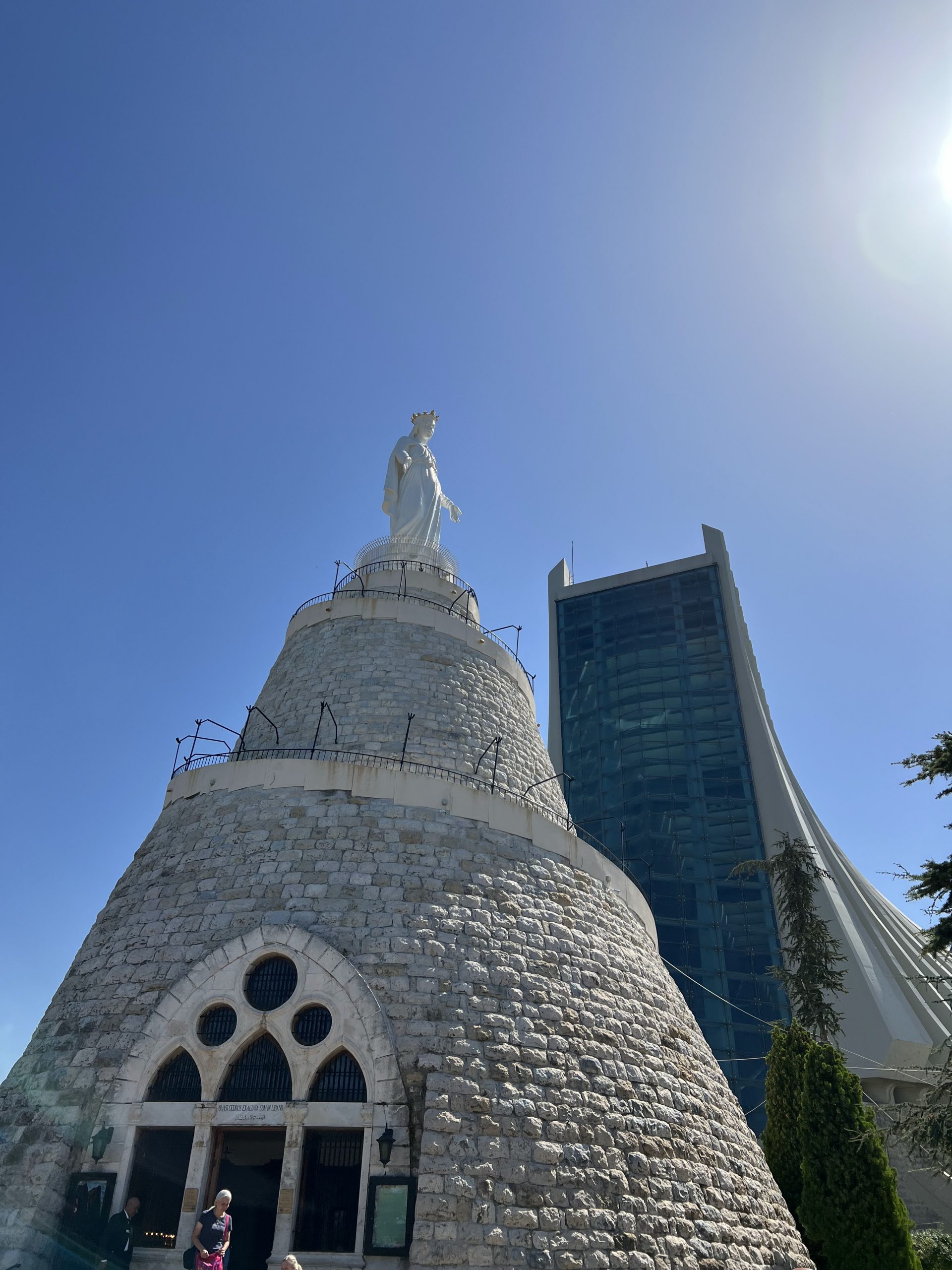
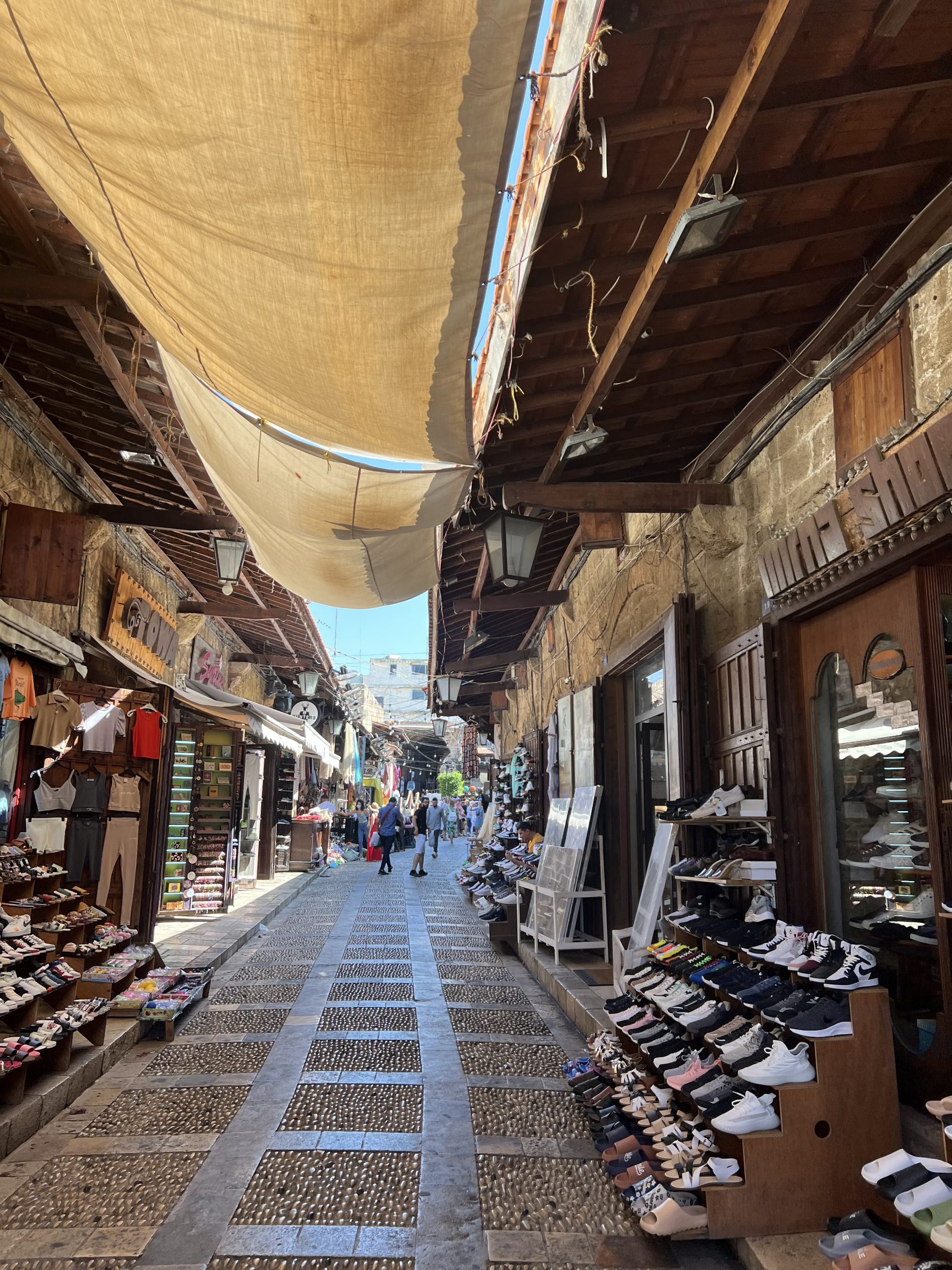
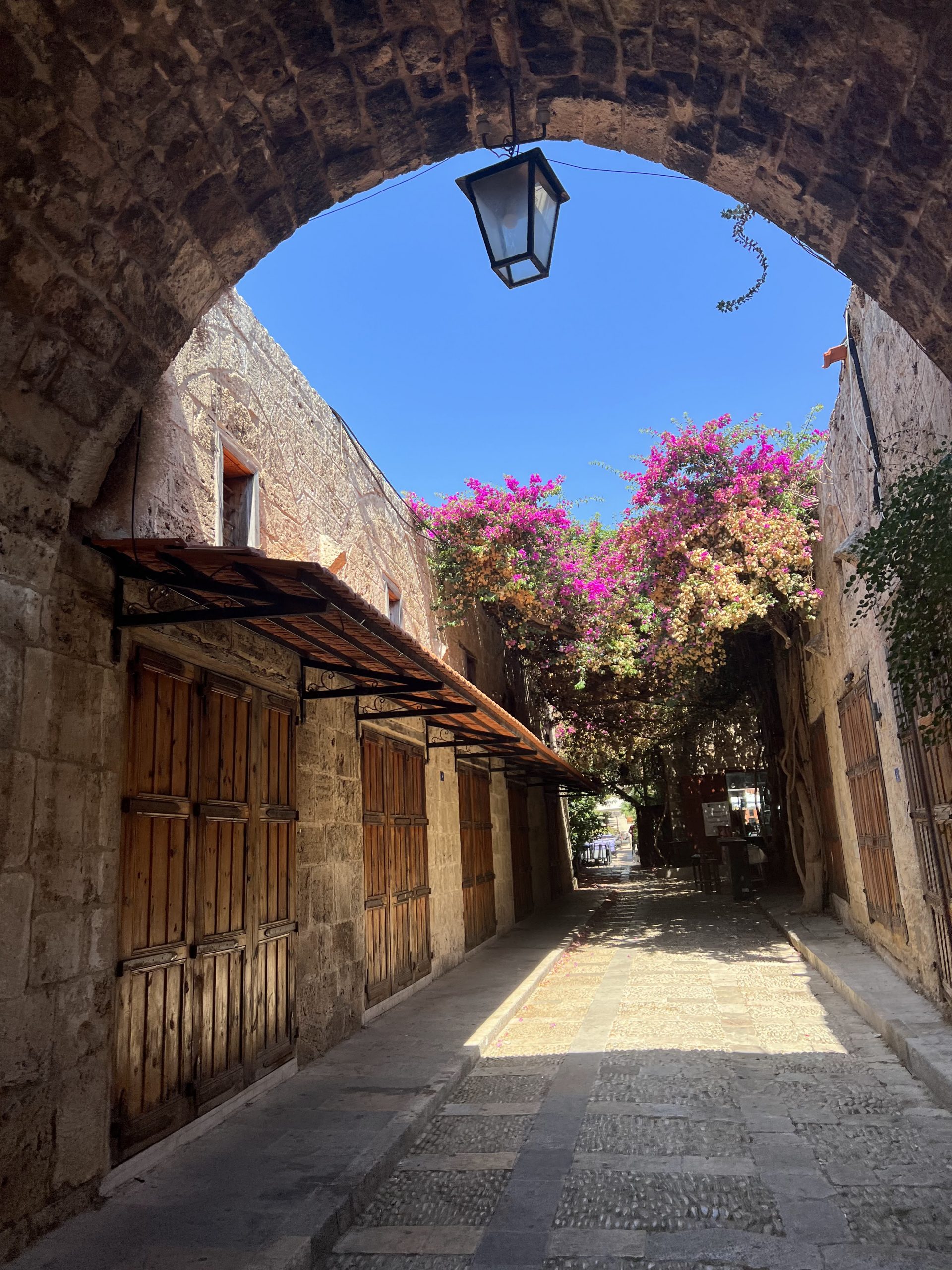
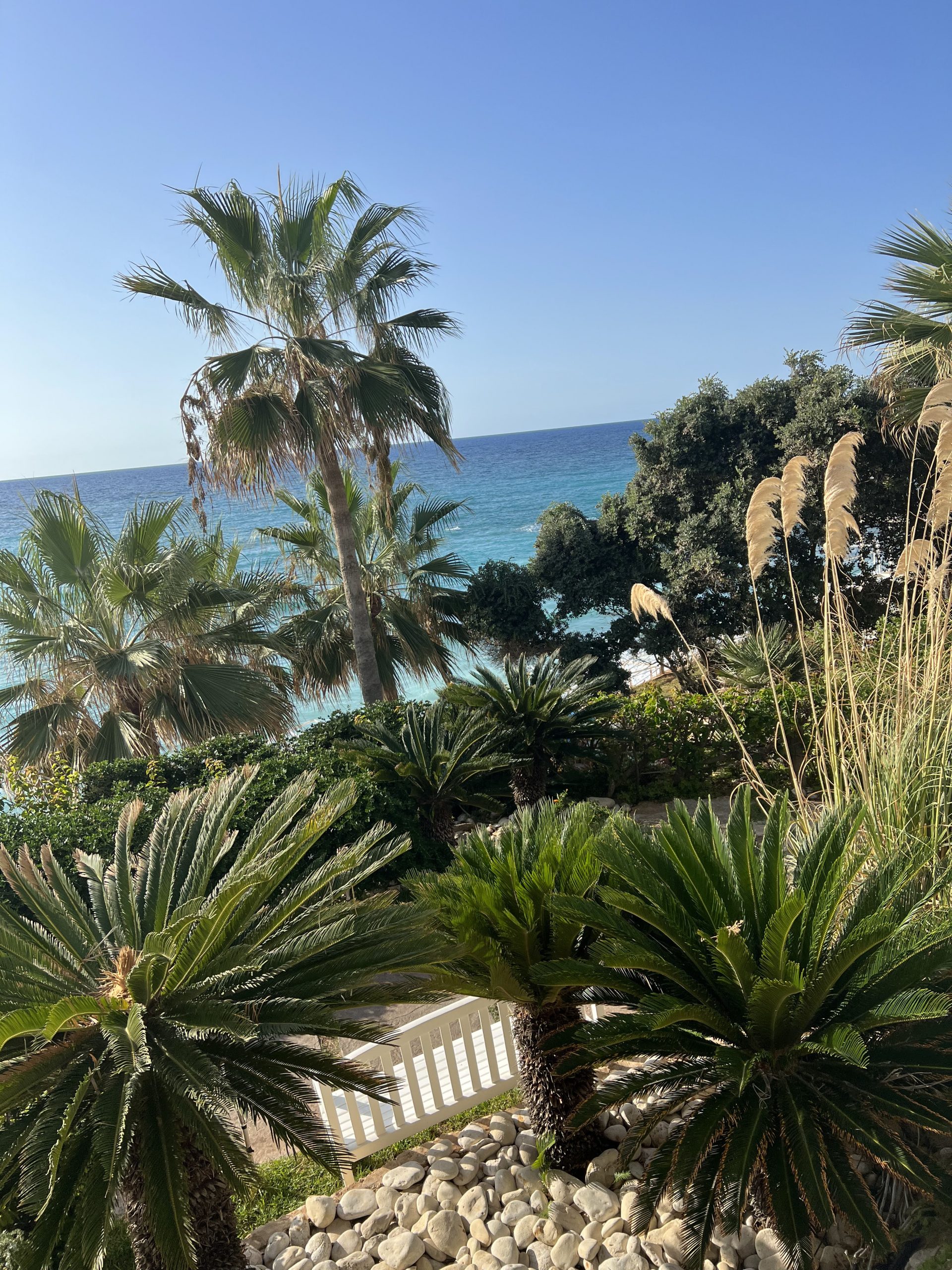
General Tips
Cash – the terrible inflation means that travellers will need to use ‘black’ market rates in order to exchange USD into local currency – Lebanese Pound (LBP). The exchange rate fluctuates on a daily basis, however the fact that LBP has devalued in value by almost 15 times its original value in just a few is crazy.
A visit to Lebanon means taking USD cash (make sure you have more than enough for your entire trip) and popping into an exchange office to get local currency. The country is a cash economy – your credit card / debit card will not work here, and if it does, you will be charged the official exchange rate – which is horrendous. In most touristy places you can pay in dollars, however things can be slightly cheaper in local currency, and taxi drivers do prefer it.
Safety – we felt completely safe whilst walking around . There were military check points that we passed, especially going through Hezbollah controlled villages within the Bekaa Valley, however the army just waved us through. Speaking to solo travellers we met – they also felt completely safe, and locals we met were all incredibly welcoming.
Hopefully this text depicts what a beautiful country Lebanon is, and I would love to go back to explore more of the country such as the nature in the north and ski resorts in the winter. Despite the countless issues the locals are facing, they know how to enjoy life.
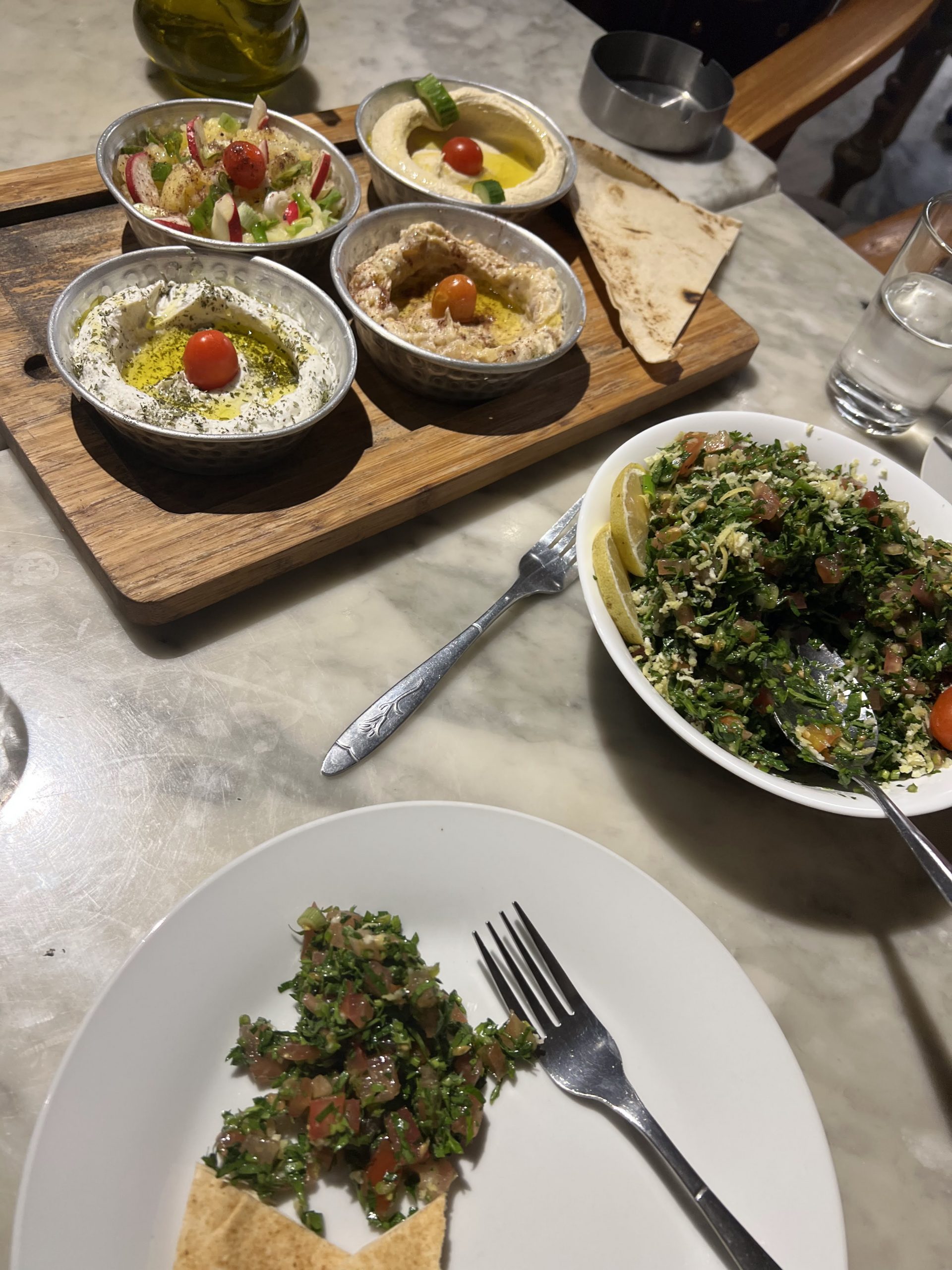
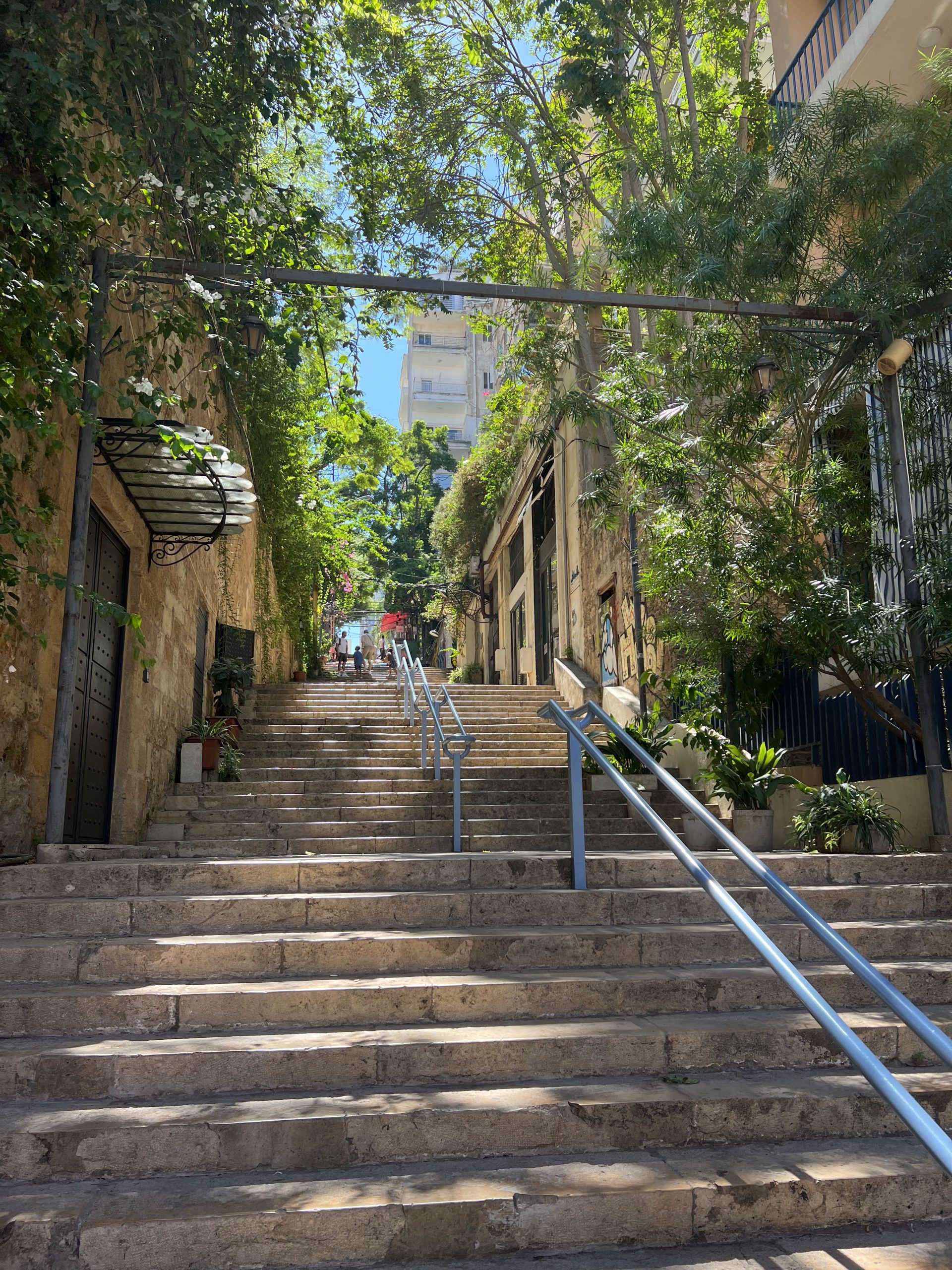
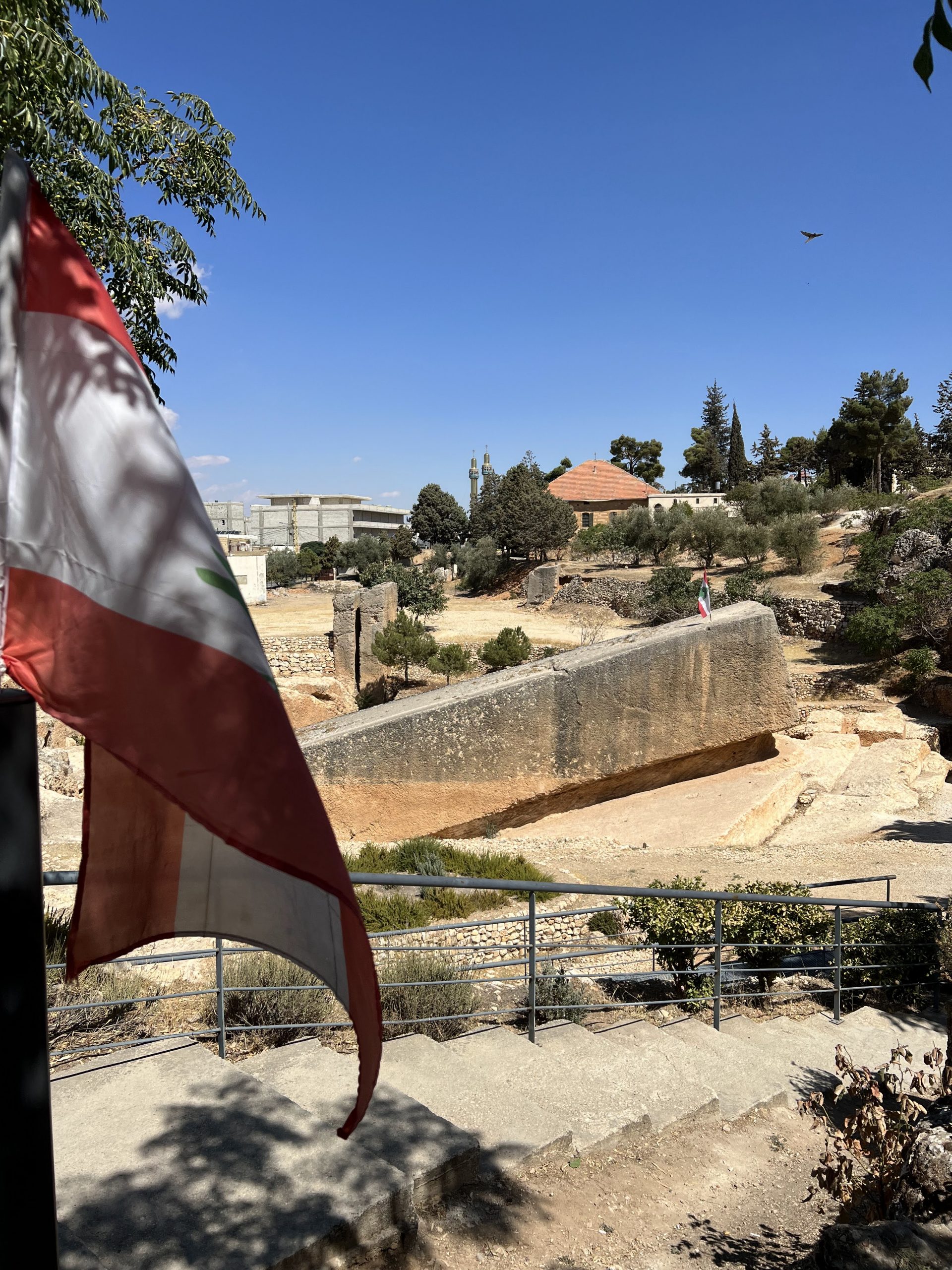
One comment